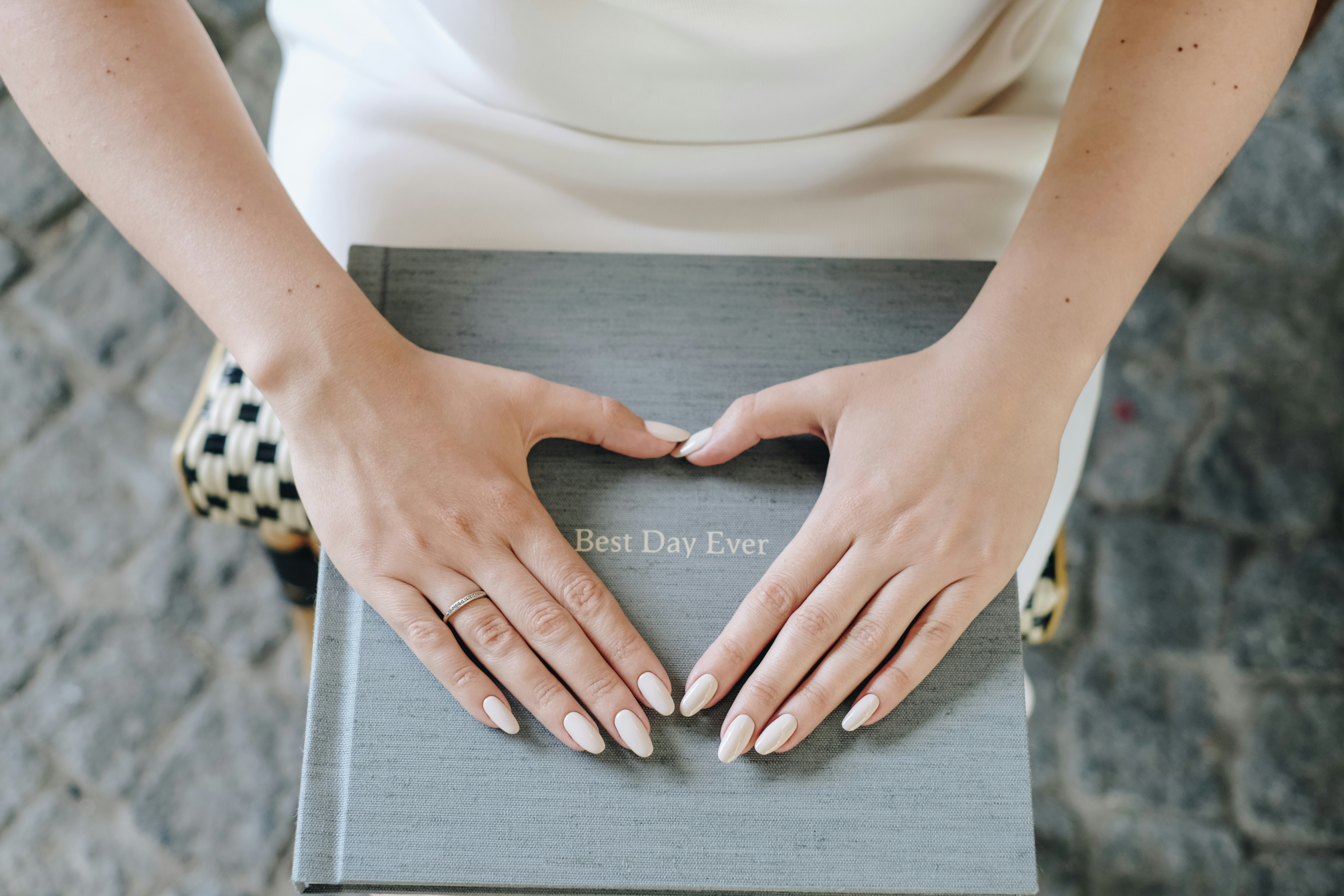Increase Sales Using Basic Storytelling In Photography
Guest post by Christopher Lin, a photographer based in Los Angeles, CA. He is the co-founder of SLR Lounge.
Most people love a great story, especially when the story is their own. People hire photographers to capture important events like getting married or growing a family so that they can document their memories and share them for generations to come. Not all stories are told equally, however, and many get lost in cyberspace. It's far too easy these days to share photos on social media and then never see them again. As a professional photographer, you are losing a significant amount of potential income if you are not using creative storytelling to remind people of the value of printed images. By following these four steps, you can use storytelling to capture images and design albums and wall art that will make your clients happy and increase your sales.
Note: The following concepts are taught, along with the most comprehensive wedding photography education, in the SLR Lounge store. Click to start your journey today.
1. VISUALIZE THE FINAL PRODUCT
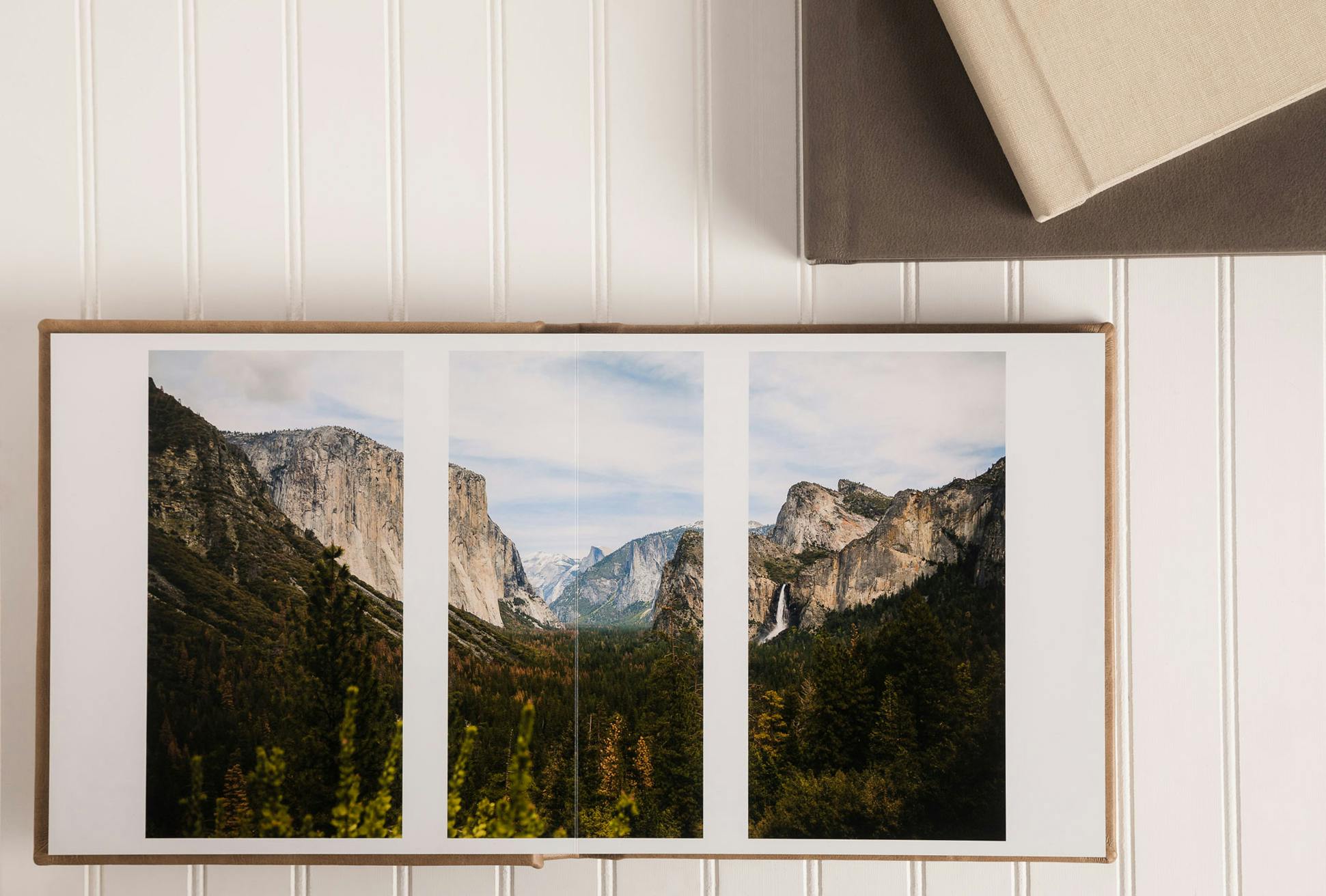
Before you pick up the camera, try to visualize the final product, whether it be an album spread designed with SmartAlbums or a wall art cluster. Continue this visualization process throughout the shoot so that you are thinking in sequences and using each image to build a stronger, more cohesive story, which will ultimately make it easier to sell a variety of products to showcase these stories.
2. COVER THE ANGLES
Television shows and movies alike use a basic storytelling formula to tell great stories, regardless of the genre. Once you become aware of it, you'll likely start to notice how often the formula is actually used. So what is this go-to formula? Know this: It's all about covering the angles.
- SET THE SCENE - WIDE ANGLE - You would be hard-pressed to find a television show that opens without first establishing the scene with a wide-angle location shot. Whereas a television show will likely open on a location without any clear subjects, you can include your subjects in your "opening scene." The main point is simply to establish context and show where the story is taking place.
- PRESENT THE STORY - MEDIUM ANGLE - After establishing the scene, you will need to introduce your subjects. Medium-angle images should clearly reveal each of the subjects in the frame and the subjects should begin to interact. Direct your subjects to elicit candid responses and capture multiple expressions to maximize each scene.
- FEATURE THE DETAILS - CLOSE-UP - The heart of the story rests in the details. It might be an object, like an engagement ring, or perhaps a certain expression that reveals the nature of the relationship between the subjects; either way, the details carry a lot of power in conveying a story.
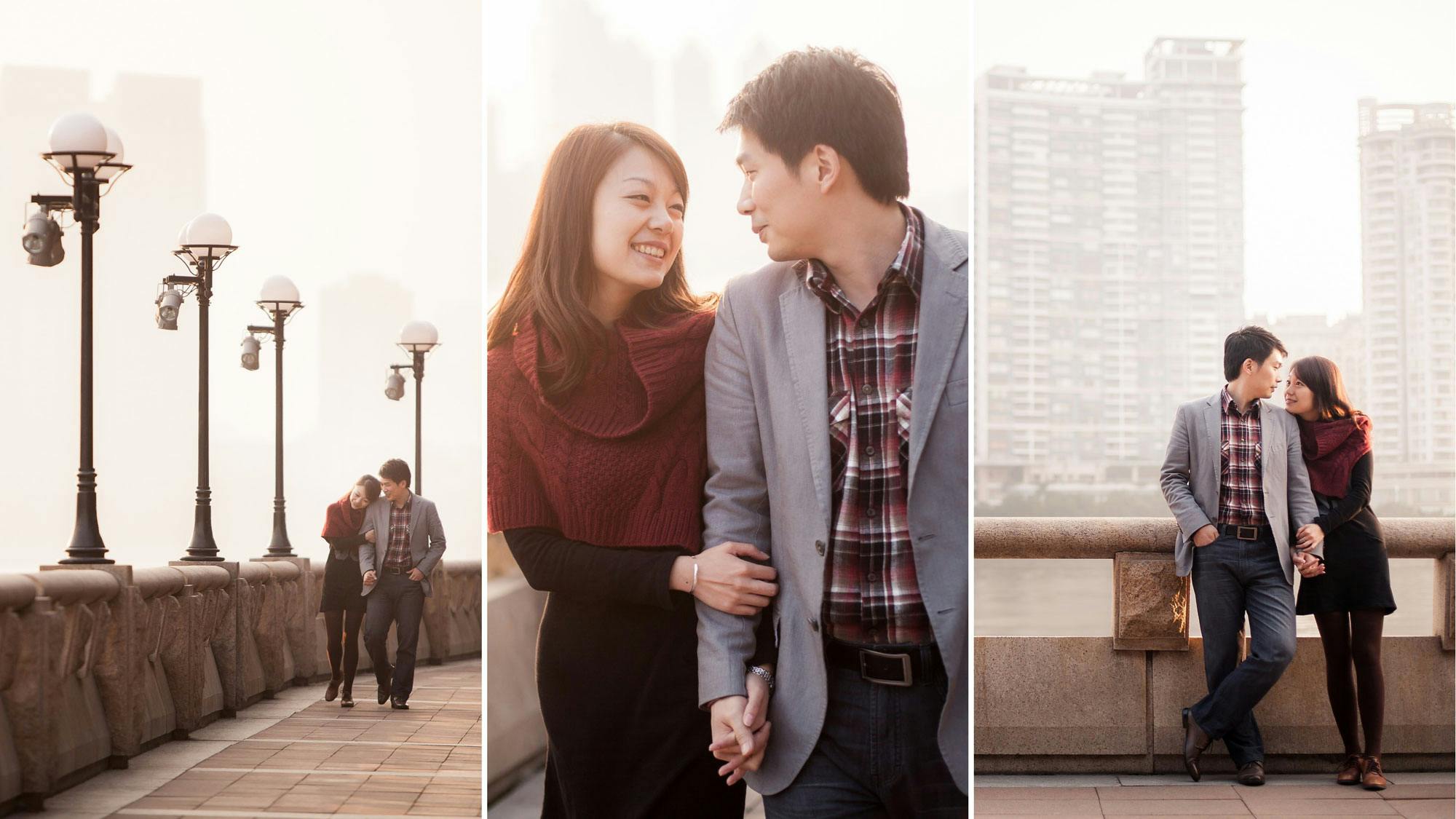
In the image above, shot by our wedding brand, Lin and Jirsa Photography, demonstrates the wide (left), medium (right), and tight (center) compositions that help tell the story. Here's yet another example:
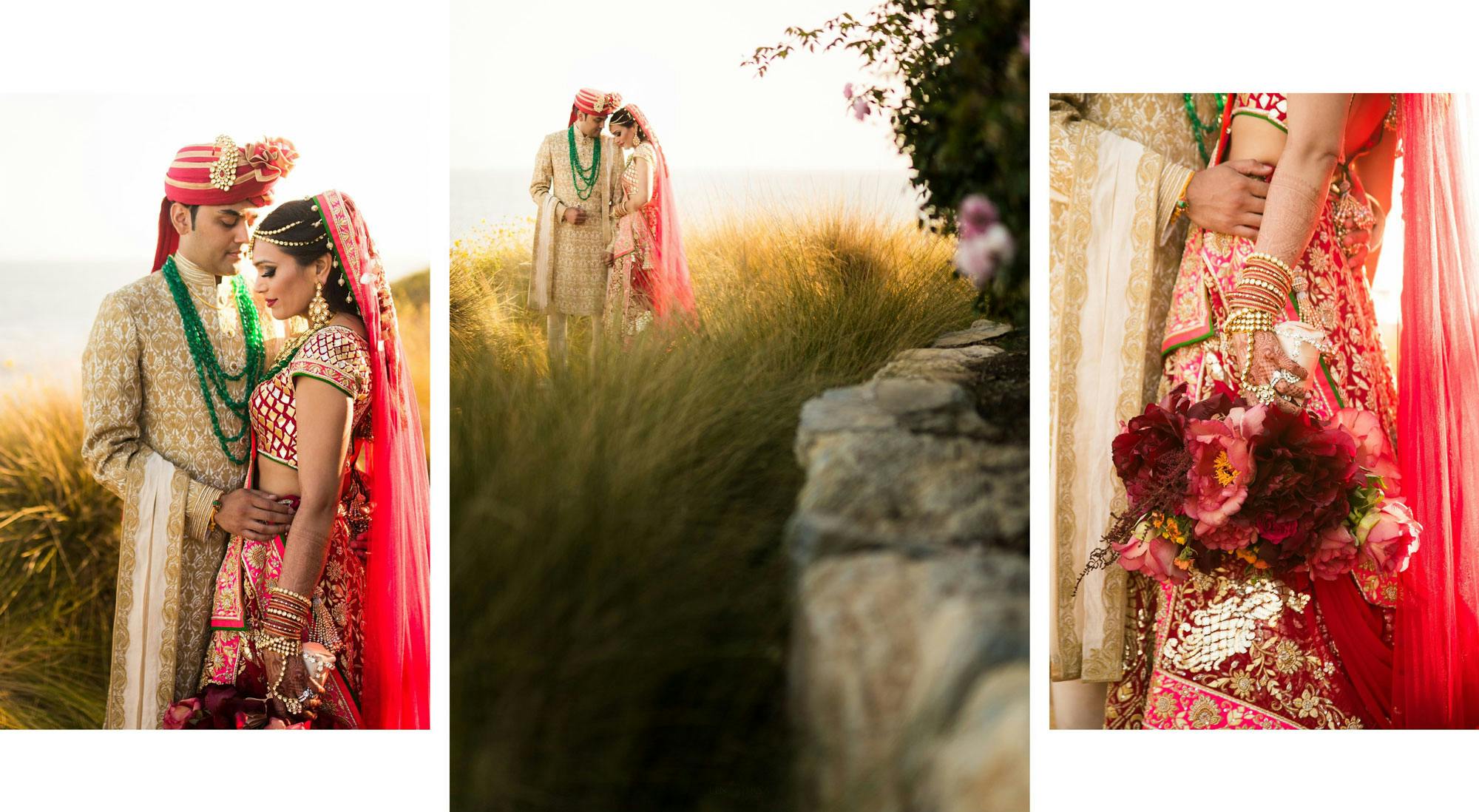
Be sure to allow enough time to shoot the scene from each of these angles (wide, medium, and tight) to tell a complete story. If you only capture a single, epic shot, but you skip the other angles and details, you will have a harder time selling your images as a cohesive set. For more examples of this framework, you can also see these same time-tested concepts in our wedding videography and commercial videos as well.
3. CONSISTENCY IS KEY
From lighting and posing to post-production, consistency is key when it comes to creating a cohesive story, which you can see in this spread.
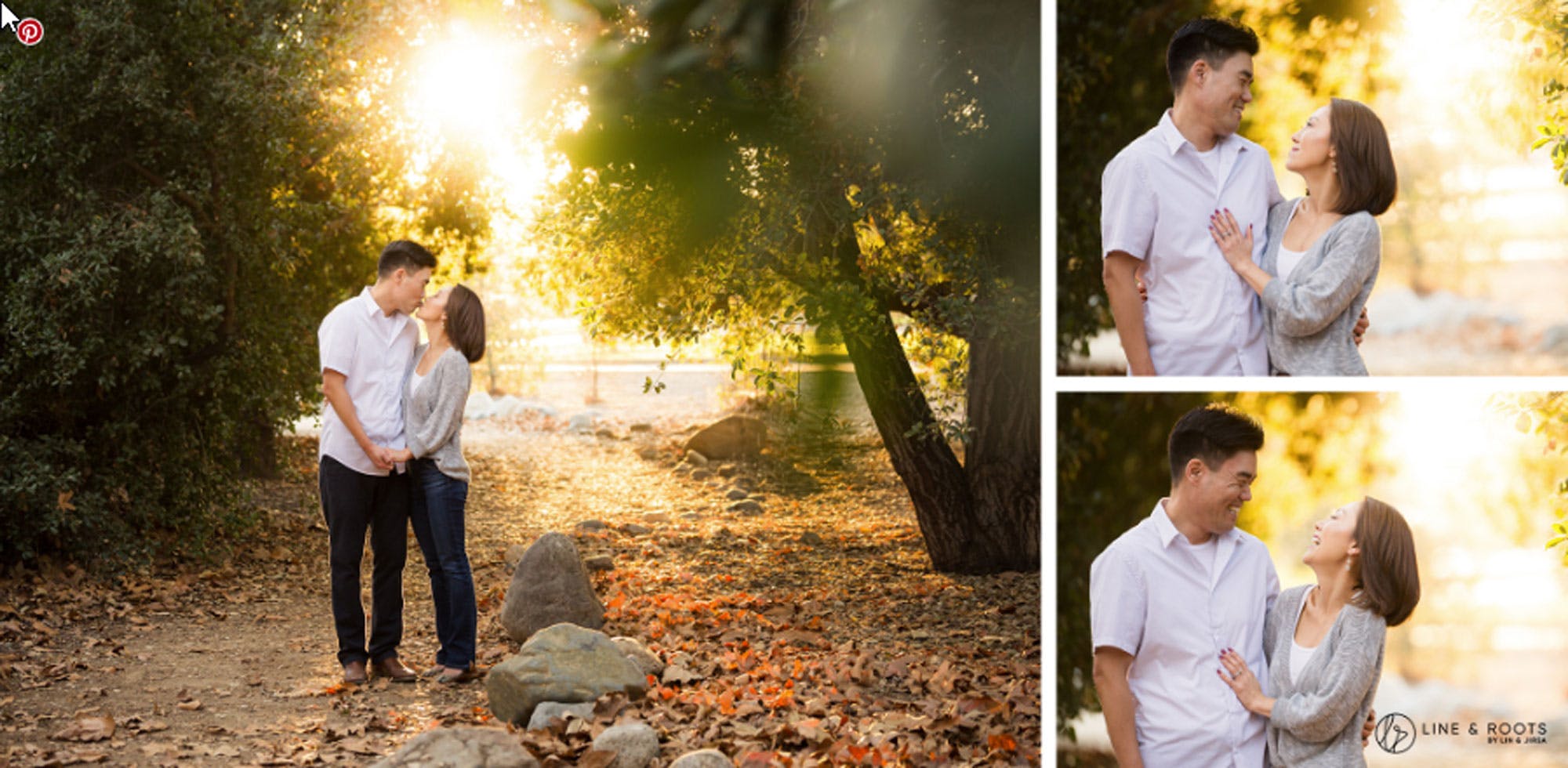
The spread above is from our family and newborn photography brand. Ensure you are using manual mode for your color temperature, shutter speed, aperture and ISO to avoid inconsistent exposures, colors, and looks. In addition, all of the images in a set should be post-produced consistently as well; otherwise, the collection will appear disjointed, which could distract from the story that the images are trying to tell.
4. PRESENTATION
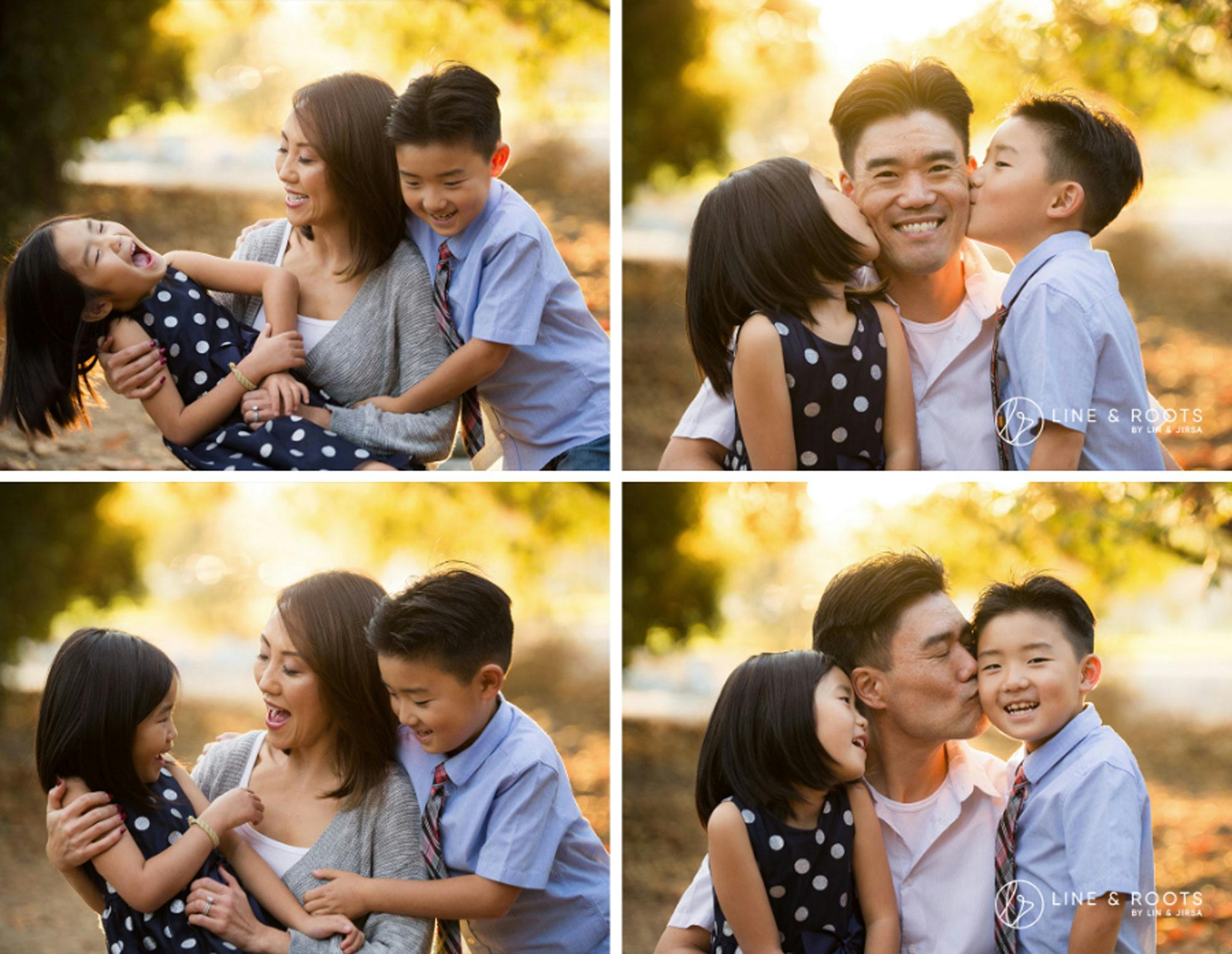
When designing your photo albums and wall art, remember that each spread or wall art cluster should be treated as a single scene. Including images from multiple scenes within a single spread can limit how many spreads or clusters you can sell to your clients. Why would somebody want to purchase multiple spreads if a single spread includes the greatest hits from the entire session? Therefore, use SmartAlbums to design each spread to include wide, medium, and tight angles that were captured during a single scene in a single location.
If you have the means, present your clients with printed albums and wall art samples to remind them how important it is to print their images. Remember that digital photos more often than not tend to disappear into cyber oblivion after being shared on social media, but quality printed images can be passed down and shared for generations.
Conclusion
While this article mentions "increasing revenue," keep in mind that even without a single extra penny in sales, these concepts will make your imagery more powerful. They'll help you connect with your audience as you tell wedding stories. Thank you for reading!


